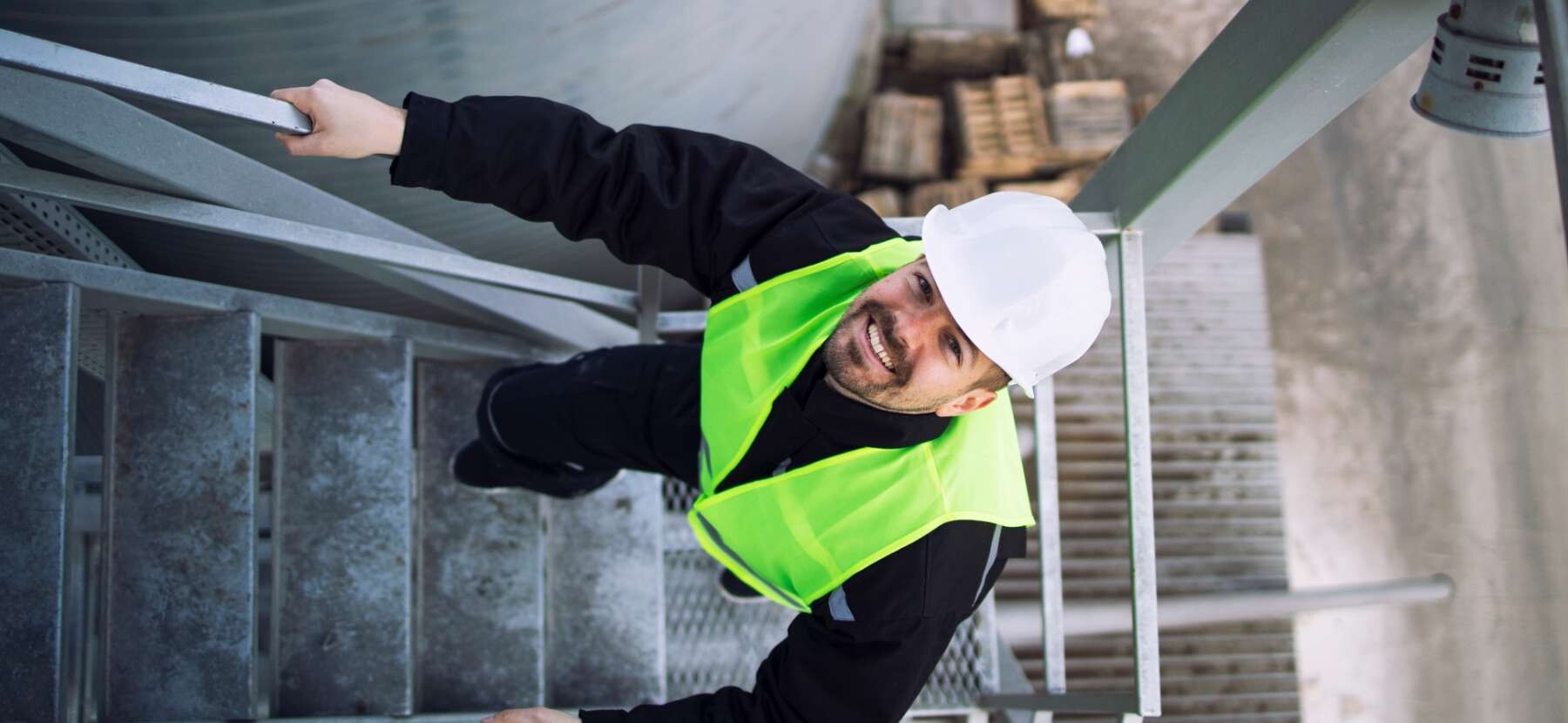Aerial Lift OSHA Requirements: What You Need to Know for 2025
Ensure your team meets OSHA lift safety regulations. Read our guide and explore aerial lifts designed for compliance at Man Lift USA.

Staying compliant with OSHA aerial lift safety standards is not optional—it’s essential. Aerial lifts are powerful tools that enhance job site efficiency and access, but without proper regulations, they can quickly become dangerous. Whether you're managing a construction crew or overseeing maintenance in an industrial facility, understanding OSHA’s requirements is key to ensuring a safe work environment.
What Is OSHA and Why It Matters in Aerial Lift Operations
The Occupational Safety and Health Administration (OSHA) is the primary federal agency responsible for enforcing safety regulations in the workplace. When it comes to aerial lifts, OSHA has established strict guidelines to prevent accidents, reduce injuries, and protect both operators and bystanders.
Non-compliance can result in fines, project delays, and increased liability for companies. That’s why it’s critical to understand the OSHA scissor lift safety requirements and aerial lift standards specific to your operations.
Aerial Lift Types Covered by OSHA
OSHA defines aerial lifts under 29 CFR 1926.453 and classifies them as any vehicle-mounted device used to elevate personnel, including:
Boom lifts (telescopic and articulating)
Scissor lifts
Vertical mast lifts
Bucket trucks and cherry pickers
Each type has unique compliance guidelines, so it's important to know which lift you’re using and what safety protocols apply.
Key OSHA Scissor Lift Safety Requirements
While scissor lifts are often mistaken for scaffolding, OSHA classifies them as mobile platforms—and thus subjects them to aerial lift regulations. Here are key compliance points:
Guardrails must be in place at all times to prevent falls.
Fall protection equipment is not required in most cases if guardrails are present, but employers must assess each scenario.
Stabilization is critical. Lifts must be used on firm, level surfaces.
Safe movement: Operators must avoid moving the lift while elevated unless the manufacturer allows it.
Training: Only trained and authorized personnel may operate scissor lifts.
Explore our detailed guide on Best Practices for Using Scissor Lifts Safely on Job Sites to stay informed.
Boom Lift OSHA Requirements and Regulations
Boom lifts—whether telescopic or articulating—have additional safety concerns. OSHA standards for boom lifts include:
Fall arrest systems: Operators must wear a full-body harness and lanyard attached to a designated anchor point.
Daily inspections must be conducted before use, including checking tires, guardrails, controls, and safety systems.
Load capacity limits must not be exceeded under any circumstance.
Outrigger deployment: When applicable, outriggers must be fully extended and secured before elevation.
Our range of boom lifts complies with all OSHA requirements and includes safety documentation with every rental.
Training and Certification Requirements
One of OSHA’s most emphasized areas is proper training. Employers are required to:
Provide hands-on training and written instruction specific to the lift being used.
Reassess and retrain employees when workplace hazards or lift types change.
Maintain a written record of operator certifications and safety instruction.
Man Lift supports your compliance efforts with guidance and documentation for safe operation.
Common OSHA Violations with Aerial Lifts
Knowing the most frequent violations can help you avoid them:
Operating lifts without certification
Exceeding load limits
Moving lifts while elevated (without manufacturer approval)
Failing to use fall protection on boom lifts
Lack of pre-operation inspections
Prevention starts with awareness and the right equipment.
How Man Lift Supports OSHA Compliance
At Man Lift, we prioritize safety and compliance. Our fleet includes:
OSHA-compliant boom and scissor lifts
Clear instruction manuals and decals
Support from trained technicians to guide proper use
Rental options that include safety documentation and operator briefings
By partnering with Man Lift, you reduce risk and ensure that your team is using the right tools the right way.
Helpful Resources
Explore more safety-focused articles:
Top 5 Common Scissor Lift Problems and How to Fix Them
Boom Lift Types Explained: Telescopic vs. Articulating
Compliance with OSHA aerial lift safety requirements isn't just about avoiding penalties—it’s about protecting lives. From proper training and equipment selection to daily inspections and safety practices, following these guidelines is essential for every job site.
Ensure your next project meets OSHA’s standards with Man Lift’s OSHA-compliant aerial lift rentals. Contact us today for expert advice and equipment that keeps your crew safe.